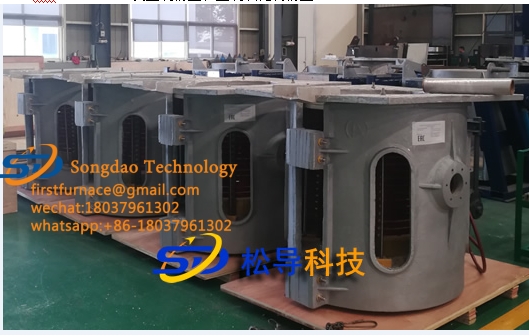- 20
- Nov
How to deal with the sticky slag of the inner lining of the induction furnace
How to deal with the sticky slag of the inner lining of the induction furnace
It is inevitable that the furnace wall lining sticks slag during the use of the induction furnace. Under normal circumstances, the induction furnace wall lining sticks slag often accumulates at the working induction coil position in the upper section of the furnace wall. First of all, we must understand the reasons for sticking slag to better solve the sticking slag situation:
1. Charge cleanliness
Because the oxides and non-metal impurities are hard to dissolve in the molten metal, they are usually suspended in the form of an emulsion. When the induction furnace is working, the induced current will form a great stirring force on the molten metal, and the slag particles suspended in it will gradually grow up under such strong stirring action, and the buoyancy force will gradually increase. When the buoyancy force is greater than the stirring force, the grown slag particles will float up and enter the molten surface slag layer.
2. Strong stirring
The slag particles will gradually approach the furnace wall under the action of strong stirring and centrifugal force. When the hot slag contacts the furnace lining, the temperature of the furnace lining is relatively low, and the melting point of the slag is relatively high. When the temperature of the furnace lining is lower than the solidification temperature of the slag, the slag will adhere to the furnace lining and condense into a solid state, causing the furnace wall to stick to the slag.
3. Melting point of slag
The higher the melting point of the slag, that is, the higher the solidification temperature, the easier it is to be cooled by the lining and form sticky slag. By using the slag modifier, the formation mechanism of high melting point slag is destroyed, and slag with a lower melting point is obtained, which can fundamentally solve the problem of slag sticking in the furnace lining.

